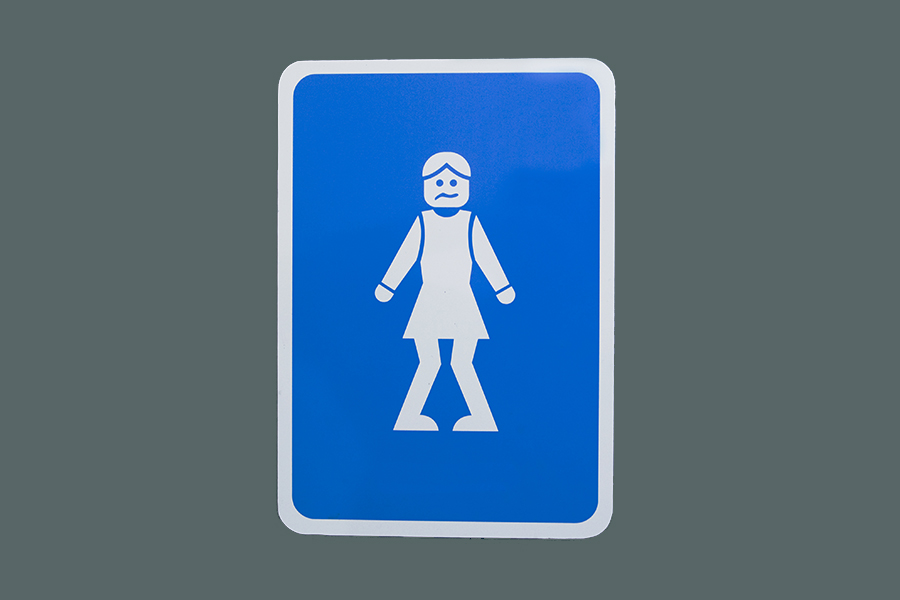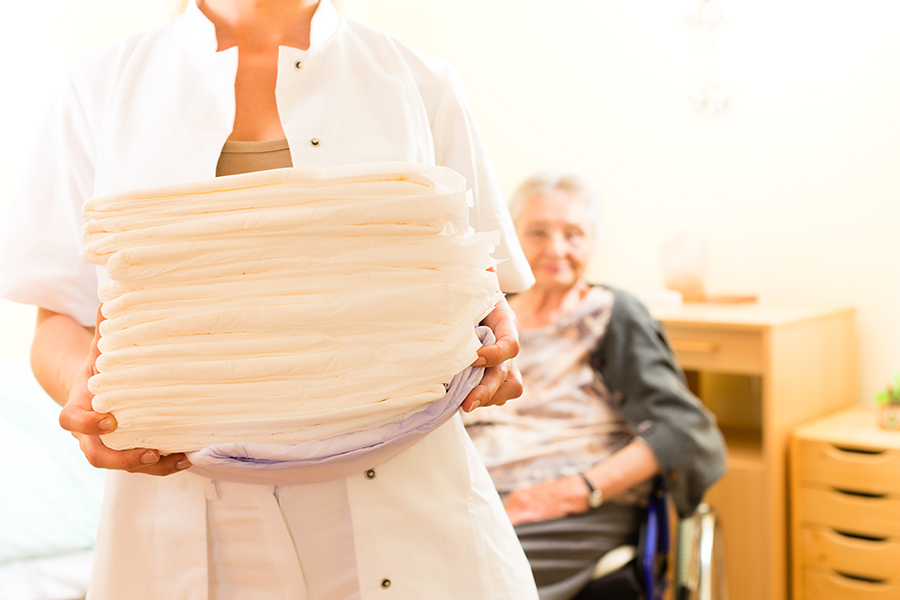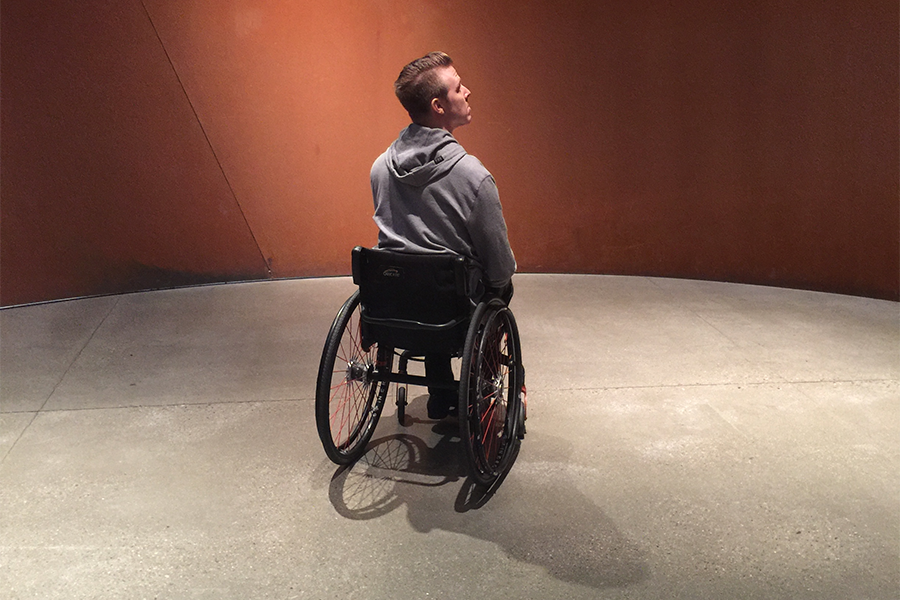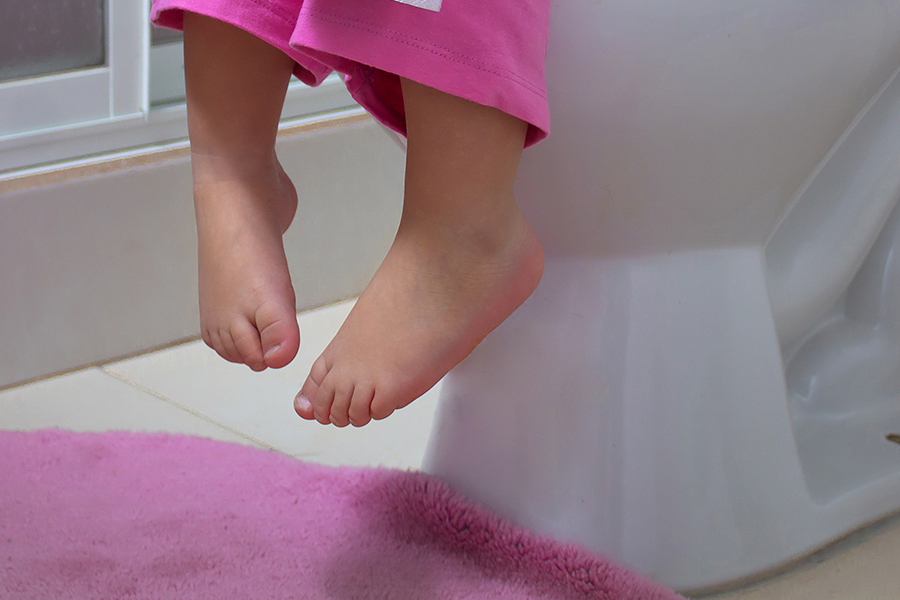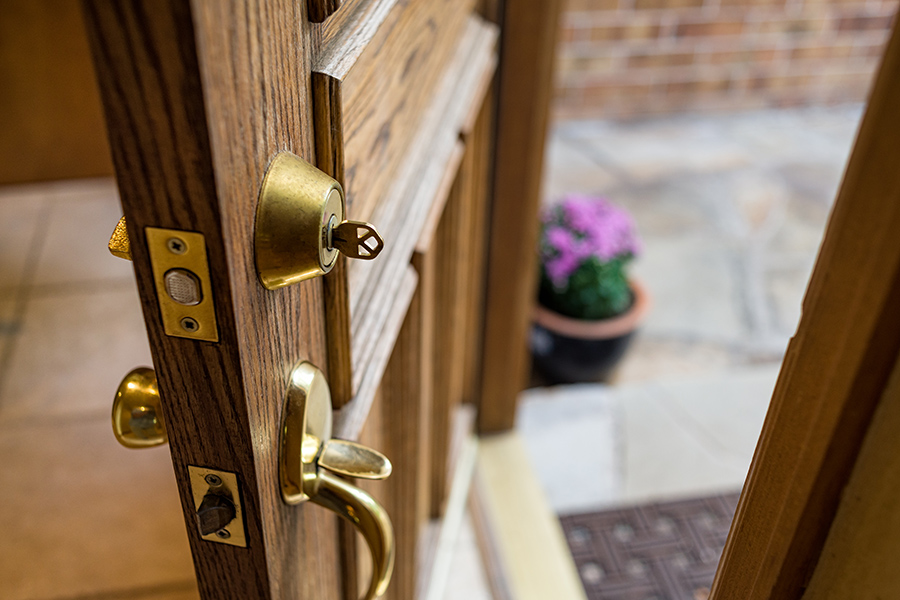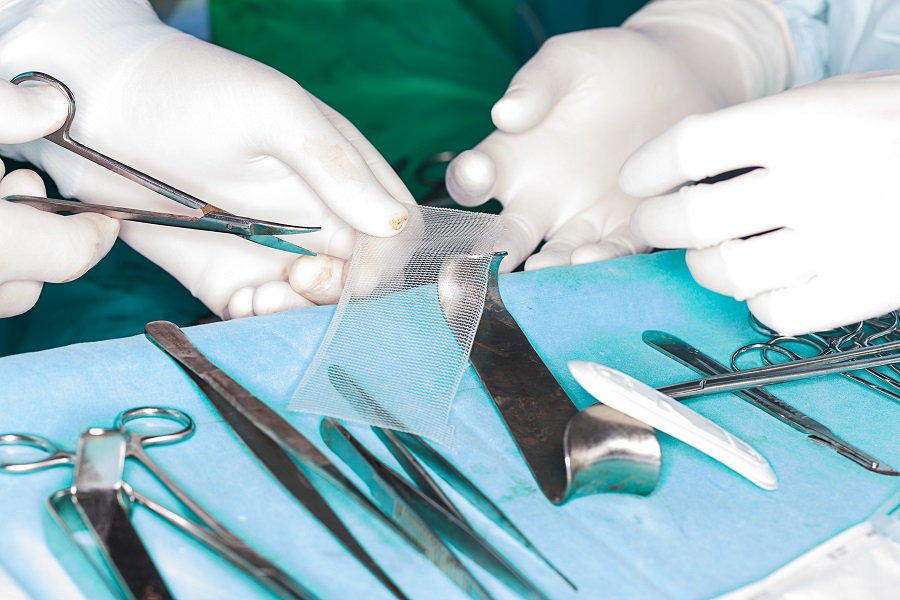What is Bladder Retraining?
Bladder retraining is a type of behavior therapy you can do at home to improve your bladder control and decrease the urge to empty your bladder. Follow these steps and document your urination schedule, diet, fluid intake, and any other information you think is important in a Bladder Diary. A bladder diary should be shown to your physician and also used to encourage you as you go through the bladder retraining process.
Steps to Bladder Retraining:
1. As soon as you get up in the morning, void your bladder.
2. During normal waking hours, empty your bladder at specific time intervals that you and your physician have established. Each time you go to your scheduled restroom visit, empty your bladder completely even if you don’t feel an urge to do so. At night, only empty your bladder if you wake up and feel it is necessary.
3. If you feel an urge to empty your bladder before your specified time, use urge suppressing techniques such as:
- Deep breathing
- Kegel exercises
- Relaxing all other muscles
- Distraction
- Sitting until the urge passes
If the urge does not resolve after using urge suppressing techniques, wait five minutes. After waiting the five minutes, if the urge remains, carefully make your way to a restroom. If you do go before your scheduled time, wait the whole time interval before you void your bladder again, to reestablish the schedule.
4. As you accomplish your time interval goals, increase the time between urination by 15-30 minutes until you reach three to four hours between emptying your bladder.
5. Follow these steps for 6-12 weeks, working towards training your bladder to only empty every three to four hours. Don’t get discouraged if you have a rough day while training! Over time, you will start to see the effects of your bladder retraining routine. Pelvic floor exercises (also called kegels) may help to speed up this process.
Learn more with these related articles:
- Parent with Incontinence? Here Are Some Helpful Tips
- The Relationship Between Incontinence and Accidental Falls
- Urinary Tract Infection Symptoms and Risk Factors
- Talking with a Loved One About Incontinence
References
- http://coe.ucsf.edu/wcc/print_bladdertraining.html
- http://www.health.com/health/gallery/0,,20522163,00.html
- http://familydoctor.org/familydoctor/en/diseases-conditions/urinary-incontinence/treatment/bladder-training-for-urinary-incontinence.html
- http://www.womensbladderhealth.com/pdf/bladdertraining.pdf







